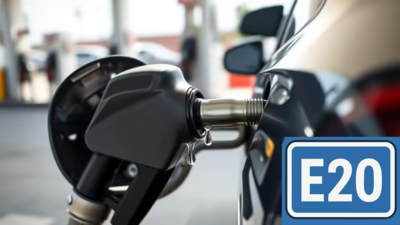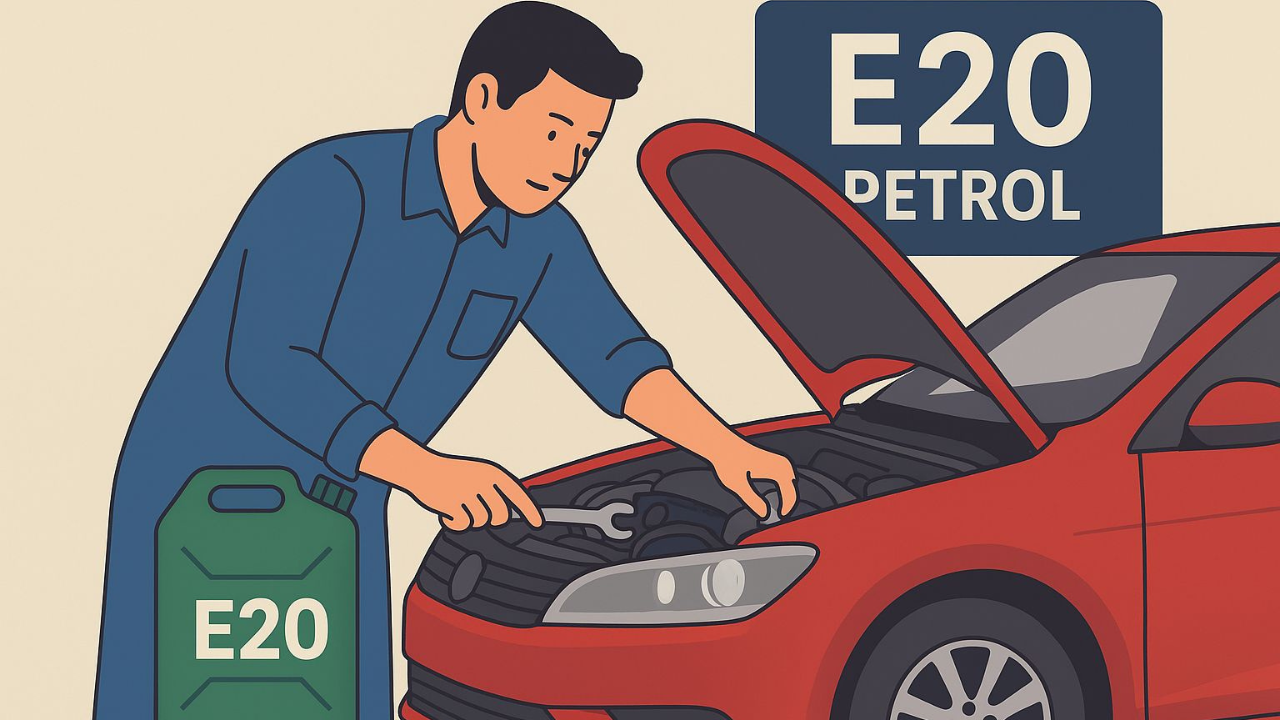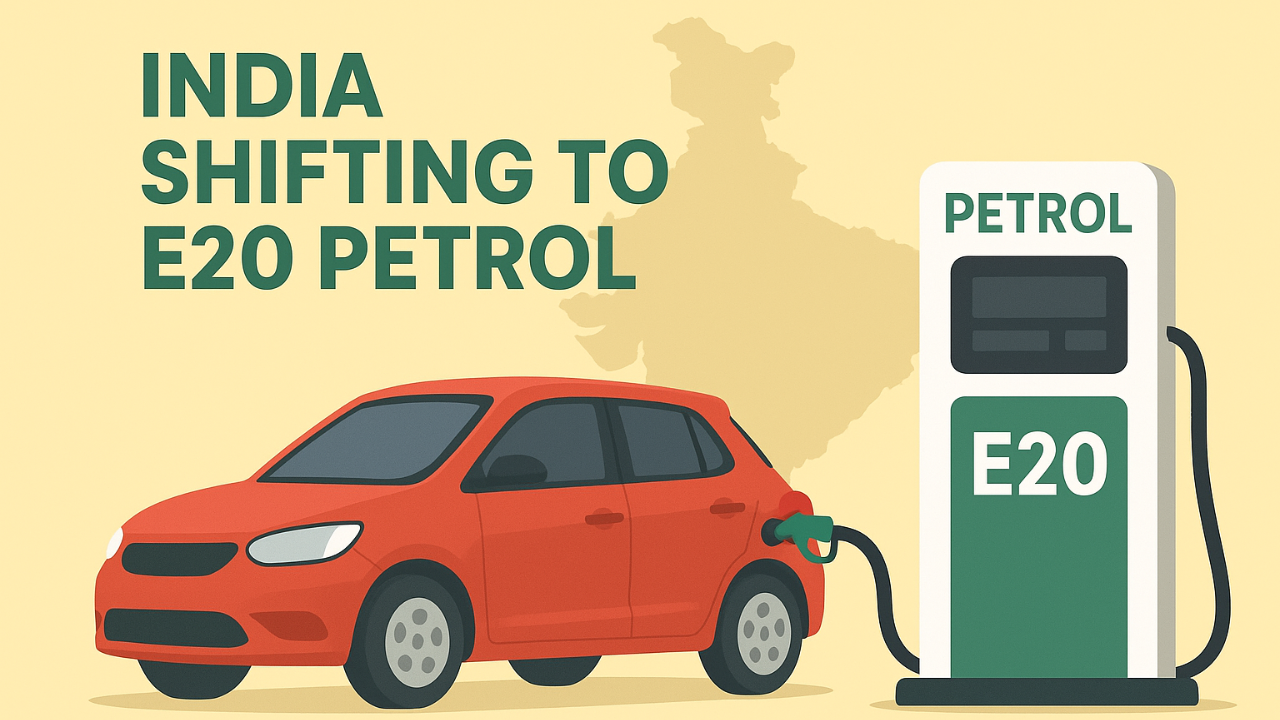ARTICLE AD BOX

India has begun the transition towards E20 petrol, a blend of 20% ethanol and 80% petrol, as part of its push for cleaner fuels and reduced dependence on crude oil imports.
India has advanced its adoption
, which was originally set for 2030. While the nationwide roll-out is targeted for 2025,
questions remain around availability
,
compatibility
,
and impact on vehicles. Here are some key answers
. Is all petrol available in India E20?Not yet, petrol pumps in many parts of India are currently offering a mix of E10 (10% ethanol) and E20, depending on supply. E10 remains more widely available, with E20 gradually being introduced in select regions. The government’s target is complete E20 availability across India by 2025.How is E20 different from E15 or E10?
In fuel blends, the label indicates how much ethanol is mixed with petrol. For instance, E10 has 10% ethanol, E15 carries 15%, and E20 contains 20%, with the rest being petrol. Raising the ethanol share helps bring down carbon emissions and lessens the country’s need for imported crude. Moving from E15 to E20 represents a stronger push towards reducing dependence on traditional fossil fuels.

Ethanol in India is primarily derived from crops like sugarcane and grains, which ensures direct gains for the farming community. Government projections suggest that in 2025, the use of E20 could save around Rs 43,000 crore in foreign exchange while adding nearly Rs 40,000 crore to farmers’ earnings.
Tata Harrier EV Explained: Strong points, market data & more | TOI Auto
What impact will E20 have on vehicles?Many motorists have expressed concerns about the impact of
E20 fuel
, particularly on fuel efficiency. The concern is valid since ethanol has a lower energy density than petrol, so engines need to burn more of it to generate the same output. This leads to a marginal reduction in mileage, generally around 5–7% for most modern vehicles, though some older models have shown drops of up to 20%.

Are modifications needed for vehicles to run on E20?Older vehicles may require upgrades to components such as fuel lines, pumps, and seals to handle the higher
ethanol blend
as mentioned before. By contrast, most vehicles launched after 2023 are designed for E20 compatibility and do not need any modifications. Another issue arises with vehicles not built for higher ethanol blends, where components like rubber seals and related parts may wear out faster. Fortunately, these parts are not very expensive to replace, but the risk is higher for older BS3 and BS4 vehicles. In terms of overall performance, a slight dip may be noticeable; however, newer cars are factory-tuned for E20 and are unlikely to face major concerns.

Why is India shifting to E20?The transition brings several advantages, such as lower reliance on imported crude oil. Reduction in greenhouse gas emissions and ethanol production from crops such as sugarcane and grains creates an additional source of income for farmers. Adopting E20 is central to India’s broader strategy for sustainable mobility and energy self-reliance. Although challenges remain, such as ensuring nationwide availability and addressing compatibility in older vehicles, the long-term gains in reduced imports and cleaner fuel make it a pivotal move for the country’s transport sector.



.png)
.png)
.png)
















 20 hours ago
7
20 hours ago
7









 English (US) ·
English (US) ·